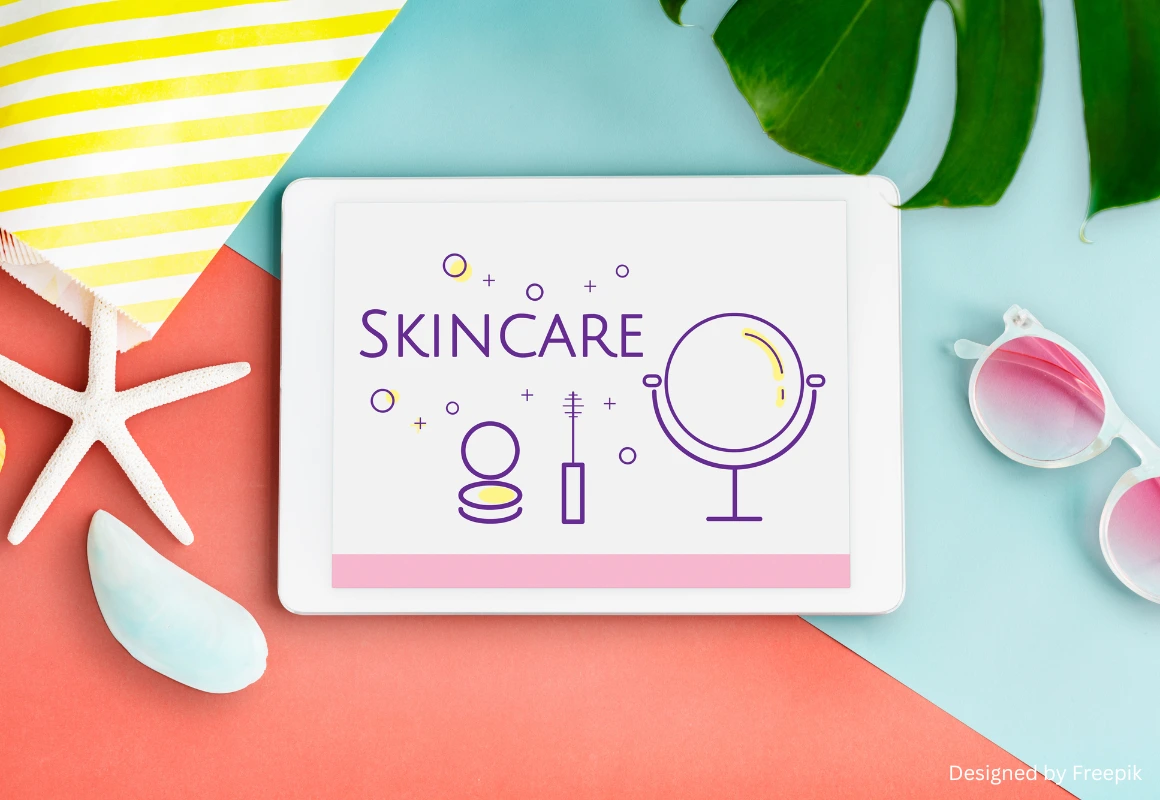Keep Your Hair Free from Dandruff: An In-Depth Guide to Managing Flaky Scalp with Confidence

Keep Your Hair Free from Dandruff: An In-Depth Guide to Managing Flaky Scalp with Confidence
Understanding Dandruff
Dandruff is the excessive shedding of scalp skin cells, visible as small white or yellow flakes on your hair roots and clothes. Normally, our scalp renews its skin cells every 28 days. However, when triggered by factors such as stress, hormonal changes, unsuitable hair products, Malassezia yeast, or even genetics, cell turnover accelerates, causing a buildup that clumps into visible dandruff.
Beyond physical symptoms, dandruff significantly impacts mental health and confidence. Many people avoid wearing dark clothes or feel embarrassed to scratch their heads in public. Understanding how to properly care for and manage dandruff can help you live daily life with greater ease and confidence.
What Causes Dandruff? The Real Reasons Many Never Know
Dandruff isn’t simply caused by “poor hygiene,” as often misunderstood. It results from a complex interplay of internal and external factors:
● Malassezia Yeast
This yeast feeds on scalp oils (sebum), breaking them down into free fatty acids that irritate the skin, causing inflammation and increased cell turnover.
● Dry Scalp
When the scalp is overly dry, cells shed faster, leading to dry dandruff. This often occurs in winter or for those exposed to air conditioning all day.
● Seborrheic Dermatitis
A more severe condition caused by excess oil and yeast, producing thick, ● ● ● yellowish flakes with itching and redness.
● Unsuitable Hair Products
Shampoos or conditioners containing harsh irritants disrupt scalp pH balance.
● Stress and Hormones
Stress alters the immune system and increases scalp oil production, fostering yeast growth.
● Genetics Some people genetically shed scalp cells faster, making them more prone to dandruff.
Types of Dandruff You Should Know for Proper Treatment
- Dry Scalp Dandruff
● Small, white, easily scattered flakes
● No inflammation or oiliness
● Often occurs in winter or from harsh shampoos
- Oily Scalp Dandruff
● White-yellowish sticky flakes clinging to hair roots
● Often accompanied by itching
● Caused by excess sebum and Malassezia breakdown
- Seborrheic Dermatitis
● Red patches with thick, oily flakes
● May spread to eyebrows, sides of the nose, behind ears
● Requires specific medical treatment
- Scalp Psoriasis
● Thick silver-white scales
● Red, inflamed scalp
● An autoimmune disease requiring dermatologist care
Why Choosing the Right Shampoo and Conditioner Matters Most
Shampoos and conditioners directly contact your scalp, making them crucial in dandruff management. The wrong choice can worsen the issue.
How to choose anti-dandruff shampoos:
● Anti-Dandruff Shampoo
Look for formulas containing Ketoconazole, Zinc Pyrithione, Selenium Sulfide, or Salicylic Acid to reduce yeast, control cell turnover, and gently remove flakes.
● Gentle Sulfate-Free Shampoo
Free from SLS/SLES to minimise irritation, suitable for dry scalp dandruff.
● Herbal Shampoos
Ingredients like Tea Tree Oil, Rosemary, Neem, and Aloe Vera help fight yeast, reduce itching and inflammation, and moisturise the scalp.
How to choose conditioners:
● Apply only to hair ends to avoid oil buildup at roots
● Choose lightweight, silicone-free formulas for oily scalps
● Never apply conditioner directly to the scalp
Proper Hair Washing and Scalp Care Techniques
Before washing:
● Gently brush hair to remove dust and debris
● Fully wet your hair to reduce shampoo friction
During washing:
● Pour shampoo onto your palm, mix with a little water, then apply to scalp
● Massage gently with fingertips, not nails
● Use circular motions to stimulate blood flow
After washing:
● Rinse thoroughly until no residue remains
● Pat hair dry with a towel, avoid vigorous rubbing
● Blow-dry hair completely, especially the roots, to prevent fungal growth from moisture
Lifestyle Adjustments for Long-Term Dandruff Management
Stay Hydrated
Water maintains skin and scalp moisture, preventing abnormal shedding.
Eat scalp-friendly foods:
● Omega-3 (salmon, walnuts): reduces inflammation
● Zinc (pumpkin seeds, nuts): regulates oil production
● Vitamin B7 / Biotin (egg yolks, peanuts): strengthens hair roots
Get adequate rest & reduce stress
Chronic stress affects hormone balance, leading to excess oil and dandruff.
Clean personal items regularly Wash hats, helmets, and headbands or wipe them with alcohol frequently.
Home Herbal Remedies for Dandruff
Warm Coconut Oil
Rich in Lauric Acid with antifungal and moisturising properties.
● Warm coconut oil slightly
● Massage into scalp for 10 minutes
● Leave for another 20 minutes then shampoo out
Apple Cider Vinegar (ACV)
Balances scalp pH and kills fungus.
● Mix ACV and water 1:1
● Spray onto scalp, leave for 15 minutes
● Rinse thoroughly with clean water
Fresh Aloe Vera Gel
Reduces inflammation and hydrates.
● Peel aloe vera to extract gel
● Massage into scalp, leave for 30 minutes, then rinse
Tea Tree Oil
Antifungal essential oil.
● Add 3-5 drops into shampoo per use
● Regular use reduces fungus and scalp odour
When Should You See a Doctor?
Most dandruff cases are manageable at home, but consult a dermatologist if you:
● Have severe itching, redness, or burning sensations
● Develop open sores or thick silvery scales
● Notice dandruff spreading to eyebrows, chest, behind ears, or nose
● Use anti-dandruff shampoos for 2-4 weeks with no improvement
Doctors may prescribe topical antifungals like Ketoconazole 2%, Selenium Sulfide 2.5%, or even steroid creams in some cases to control inflammation.
Dandruff isn’t just a cosmetic issue but a scalp health concern requiring proper self-care. The right shampoo, correct washing techniques, and lifestyle adjustments will help you manage dandruff sustainably, achieving clean scalp, beautiful hair, and confidence every day.
● Mayo Clinic. Dandruff. https://www.mayoclinic.org/diseases-conditions/dandruff
● American Academy of Dermatology. Dandruff: How to treat. https://www.aad.org/public/diseases/hair-and-scalp-problems/dandruff
● Gupta AK, et al. Seborrheic dermatitis and Malassezia species. Journal of the American Academy of Dermatology. 2004;51:785–798.
● Rapini, Ronald P. Dermatology: 2-Volume Set. Mosby, 2007.
● Bergfeld, WF. The pathogenesis of dandruff and seborrheic dermatitis. Journal of Investigative Dermatology Symposium Proceedings. 2004;9(2):136-138.
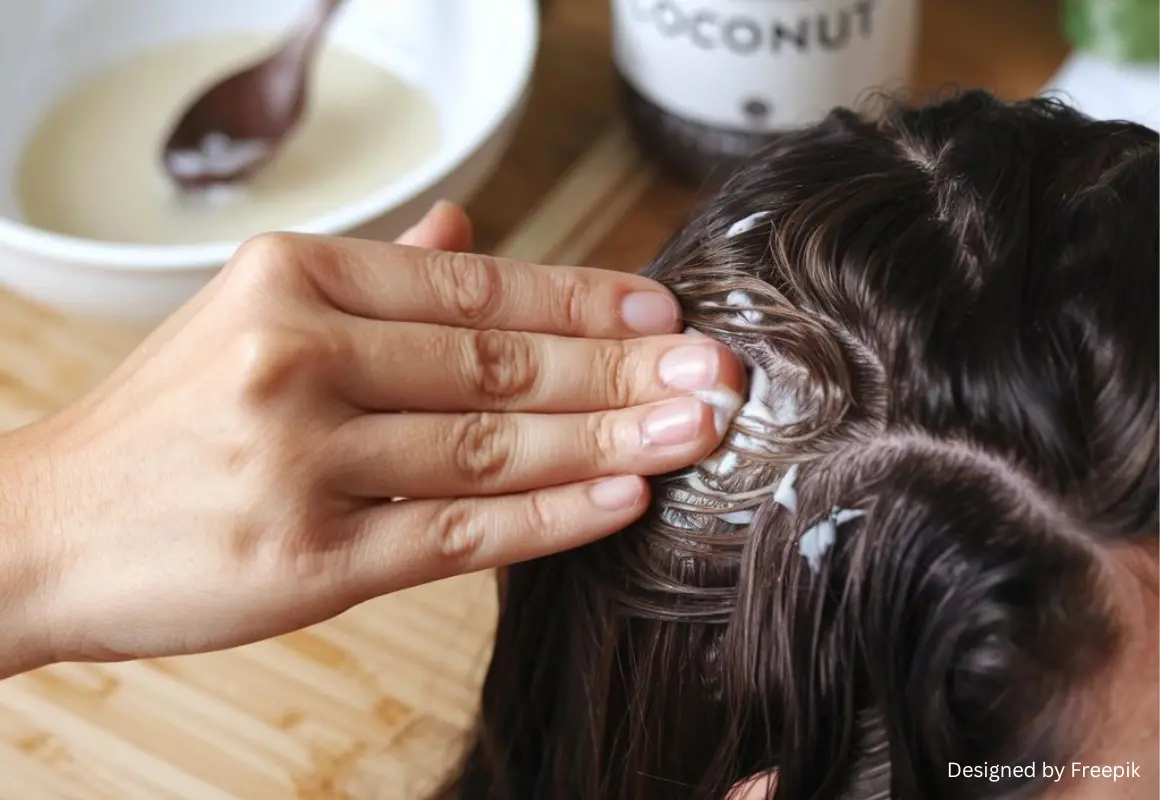
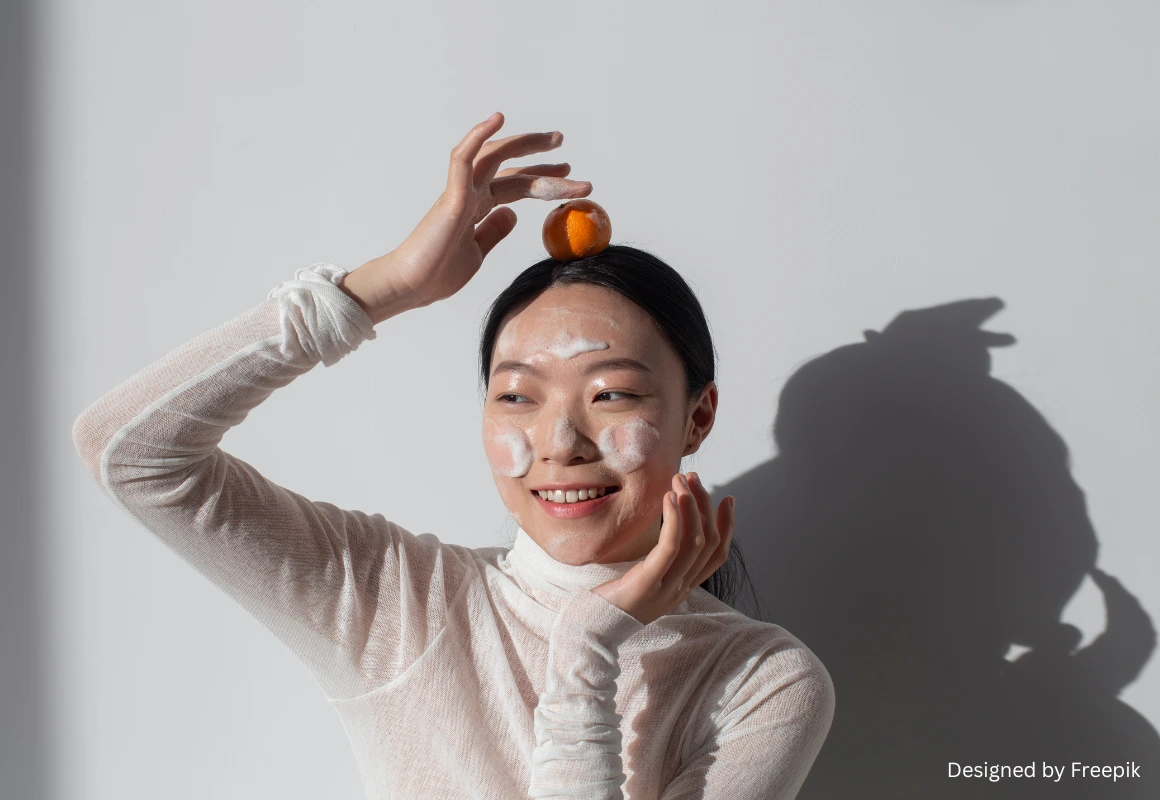
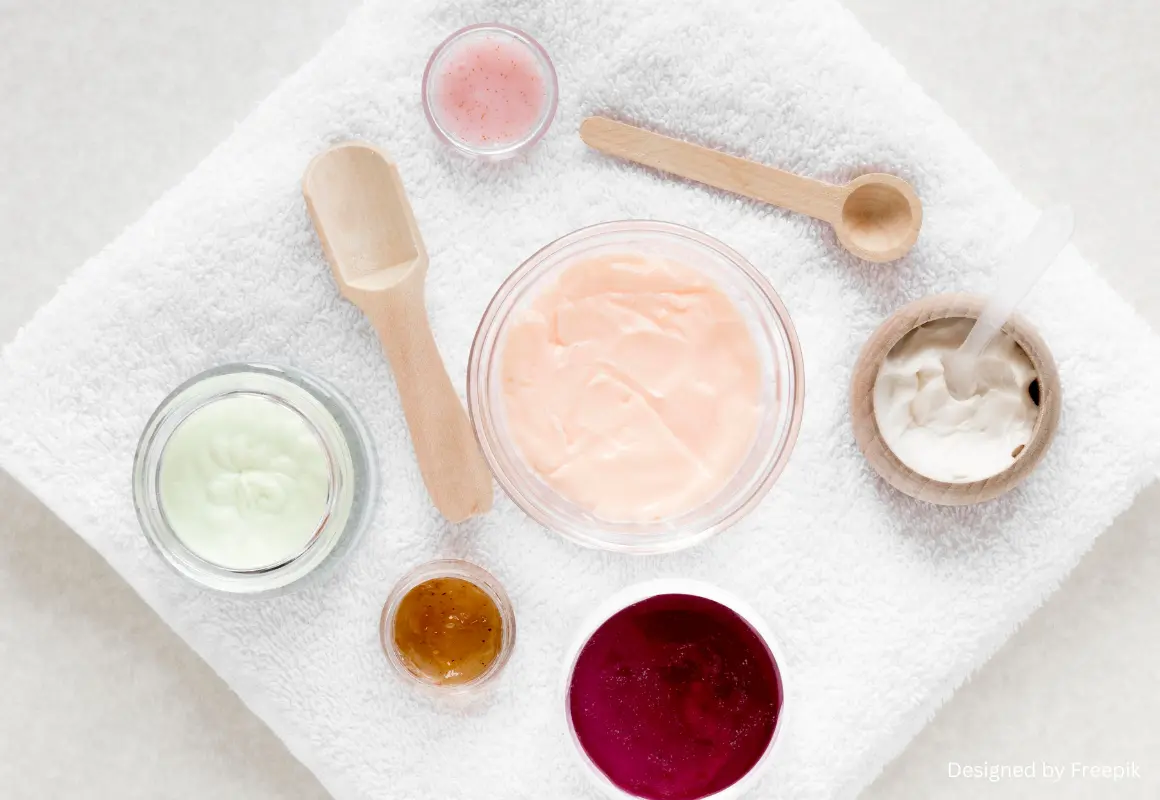
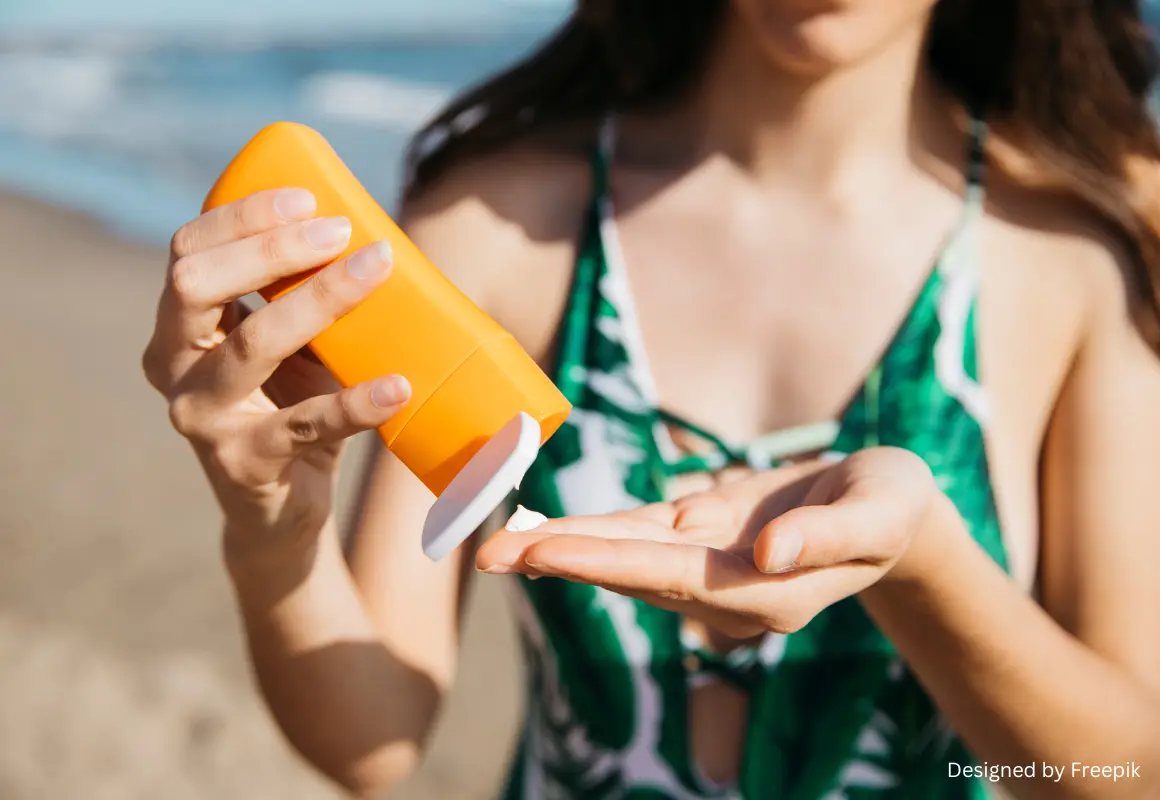
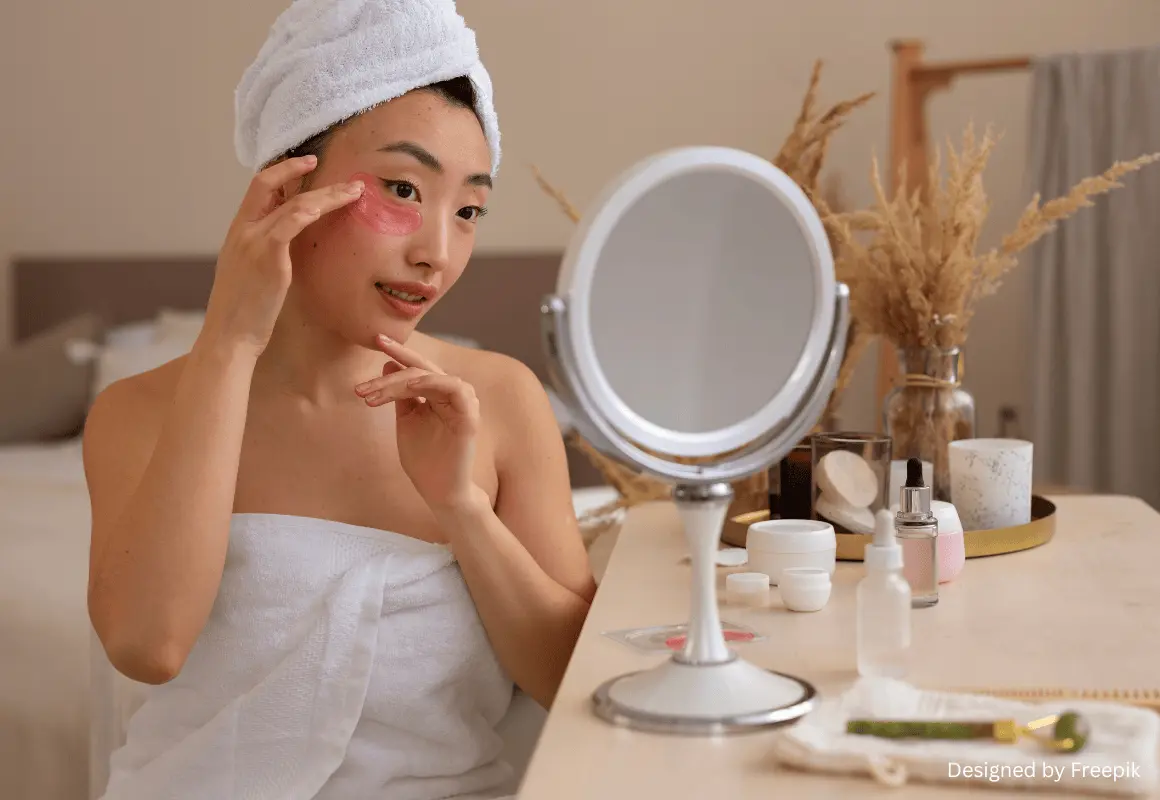
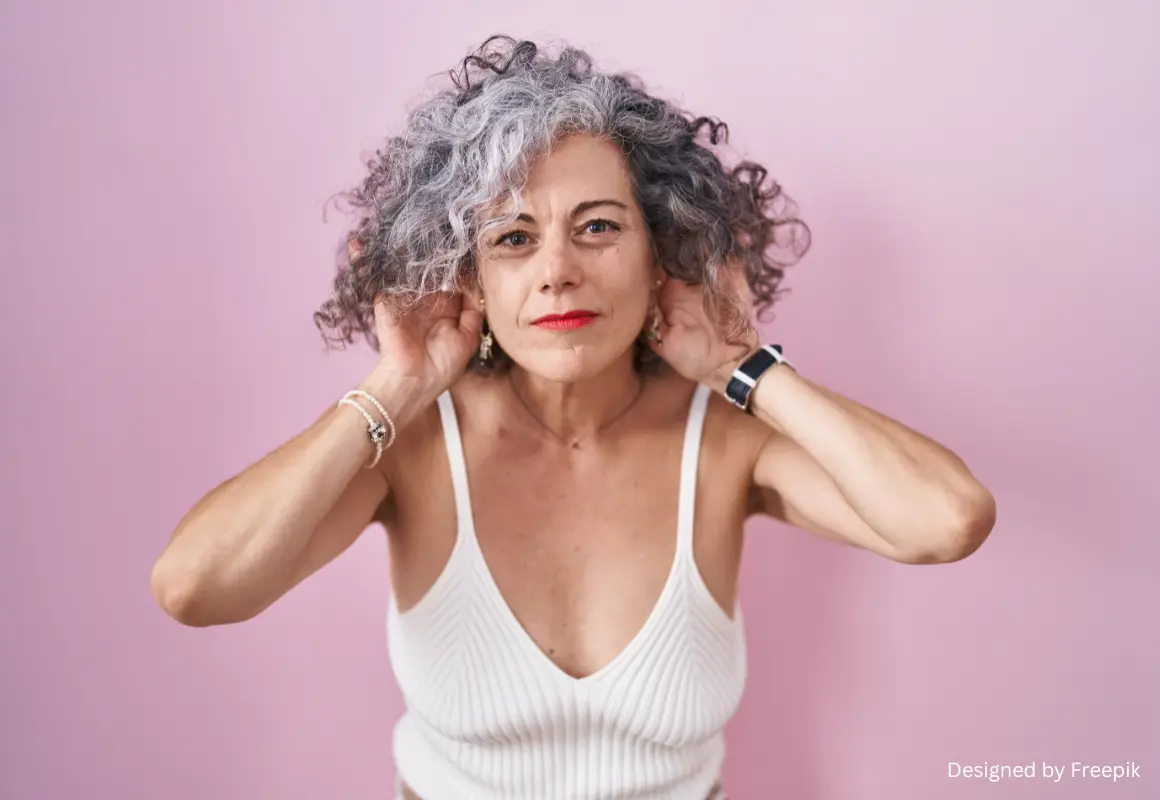
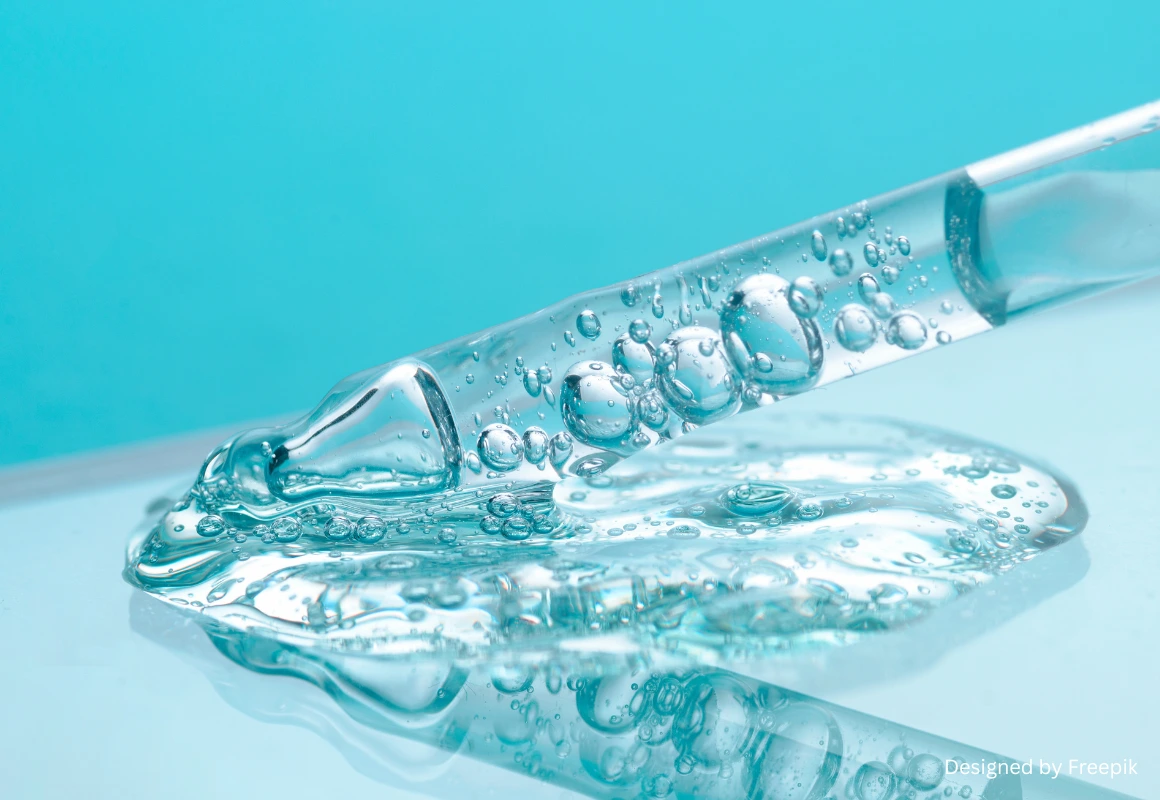
.webp)

